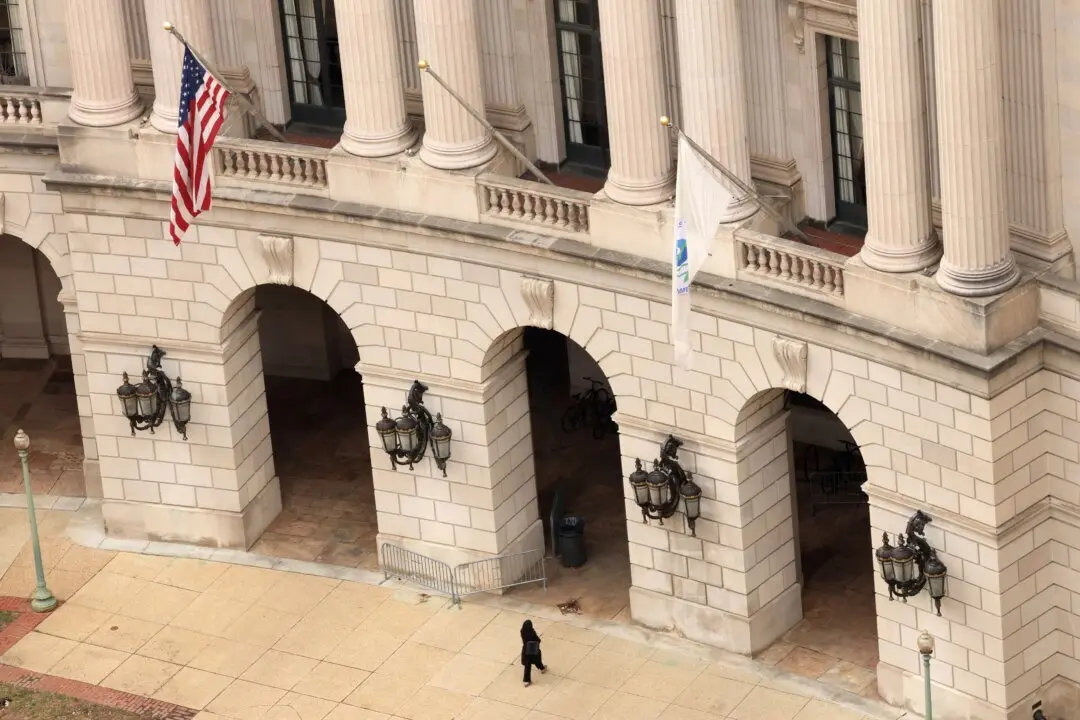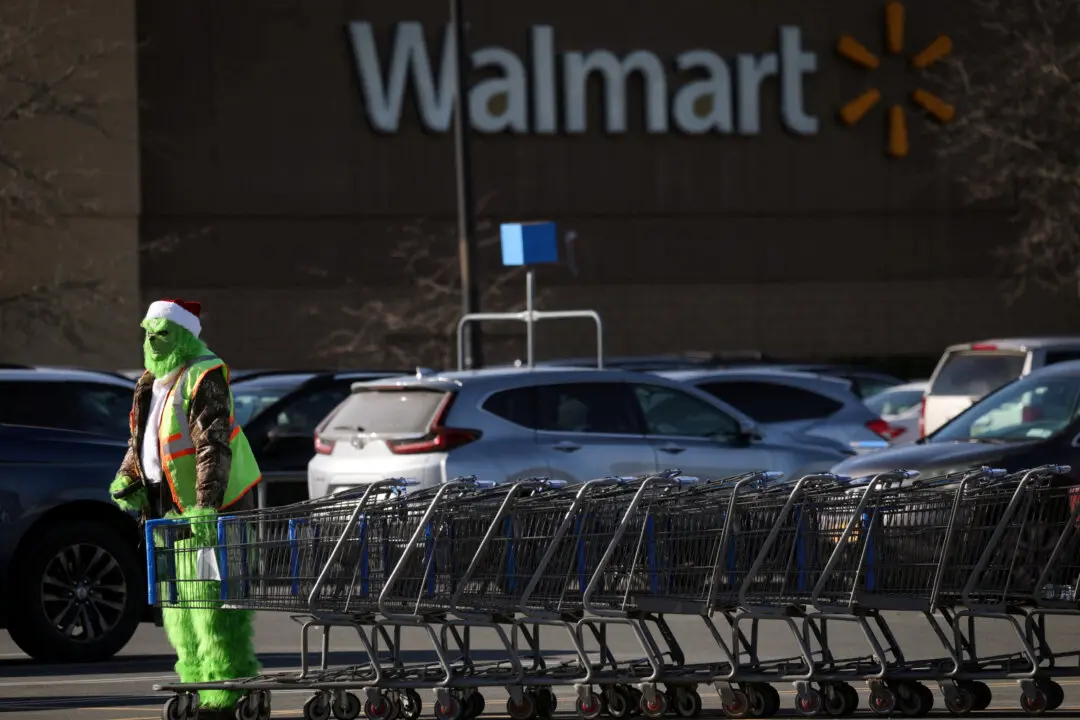FedEx and robotics company Nuro on Tuesday announced a multi-year agreement to test self-driving vehicles in the package delivery company’s network, starting with a pilot program in Houston.
The partnership comes as parcel companies race to reduce the cost of last-mile delivery, which surged during the pandemic.





